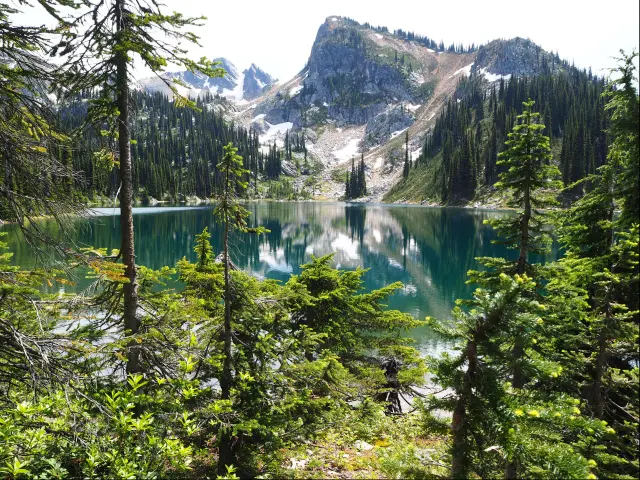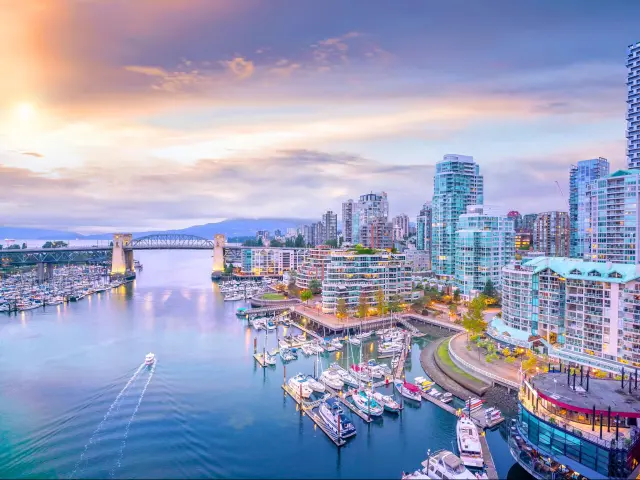Best Road Trips From Edmonton
Top Road Trip Destinations From Edmonton

Jasper National Park
🚗 315 km ⏱️ 3 hours, 15 minutes
Visit Jasper National Park for spectacular views of glaciers, blue lakes and snow-capped mountains. This UNESCO World Heritage site offers endless outdoor activities year-round.
This drive to Jasper National Park is a feast for the eyes with Wabamun Lake Provincial Park and William A. Switzer Provincial Park on the way.
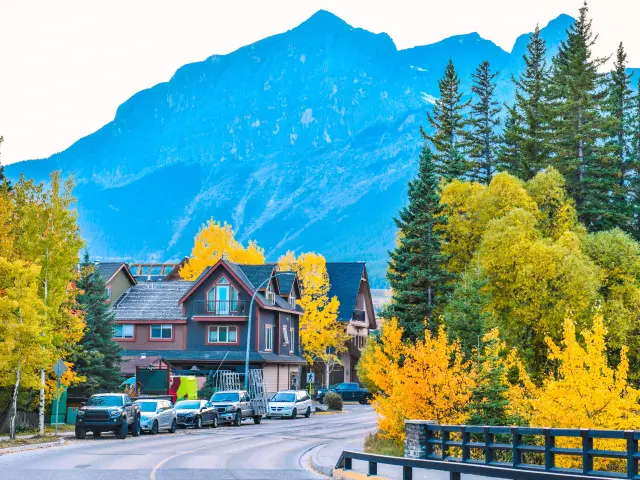
Canmore
🚗 390 km ⏱️ 3 hours, 45 minutes
Visit the lakes, go on a hike or two, and take your time as you leisurely drive along this scenic roadway to Canmore, a mountain town perfect for exploring Banff and Kananaskis Country.
On your way to Canmore, you can visit the Alberta Sports Hall of Fame in Red Deer, the beautiful Sylvan Lake and even detour to Calgary.

Banff National Park
🚗 415 km ⏱️ 4 hours
Banff National Park is possibly most iconic park in Canada, with towering mountain peaks, turquoise glacial lakes, glaciers and therapeutic hot springs. Ideal for skiing in winter and hiking in summer.
We recommend putting aside some time to explore Red Deer, Calgary and Bow Valley Provincial Park on your way to Banff.

Calgary
🚗 300 km ⏱️ 3 hours, 10 minutes
If you are looking for a cosmopolitan experience, Calgary will definitely tick that box. Famous for its beautiful skyline and Calgary Stampede, the city is also a great place for shopping and dining.
As you drive to Calgary, you can make a short detour to Wetaskiwin to visit the Reynolds-Alberta Museum and spend some time in Red Deer.

Vancouver
🚗 1,165 km ⏱️ 13 hours
Vancouver is one of Canada's most diverse and beautiful cities, with a spectacular mix of coastline juxtaposed with mountains. You can go whale-watching and see the ocean, and the weather is mild in summer and winter.
We recommend stopping at Red Deer and Calgary for an urban fix and Kootenay, Banff and Yoho National Parks for some stunning scenery.
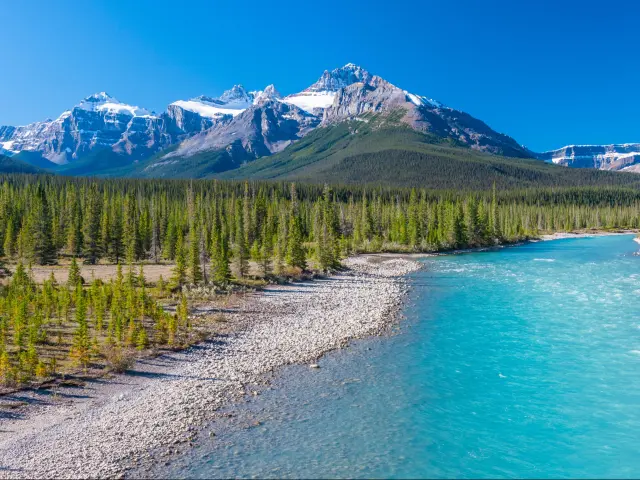
Athabasca
🚗 150 km ⏱️ 1 hour, 50 minutes
This destination is a charming town on the bank of the Athabasca River. The Athabasca Riverfront is perfect for a leisurely stroll or a picnic, and the historic buildings provide a glimpse into the area's past.
On the way to the charming and friendly town of Athabasca, you can make a short detour to Cross Lake Provincial Park.
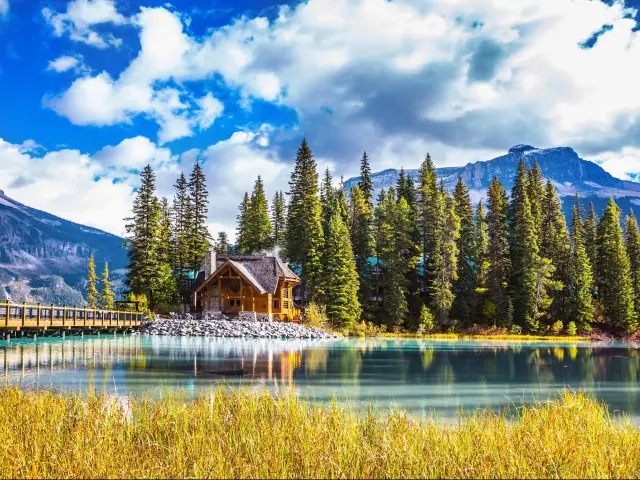
Yoho National Park
🚗 485 km ⏱️ 5 hours, 10 minutes
See the stunning Emerald Lake in Yoho National Park, which is equally as scenic as Banff but much less crowded. This park is known for its high elevation scenery, with rugged peaks, ice walls, glaciers and wildlife.
On your way to Yoho National Park, enjoy otherworldly views of Columbia Icefield, Banff National Park and Lake Louise.
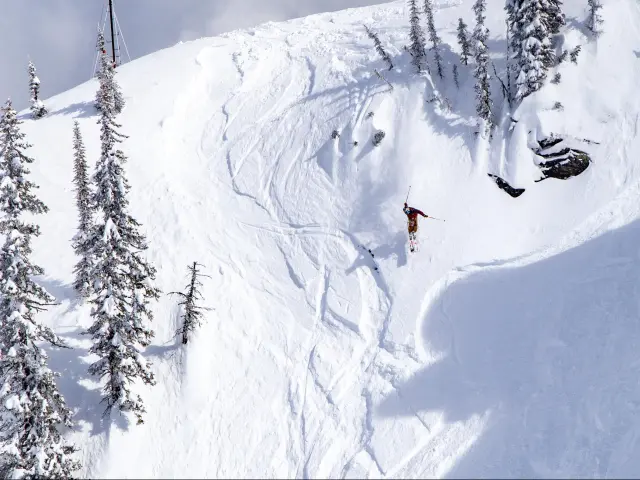
Revelstoke
🚗 700 km ⏱️ 7 hours
Revelstoke is a mountain community with small-town hospitality - it has everything from high class dining and craft beer drinking, to adventure mountain sports, beautiful scenery and romantic charm.
As you drive from the city towards the Canadian Rockies past Red Deer and Calgary, you can also visit Banff, Yoho and Glacier National Parks.

Glacier National Park of Canada
🚗 605 km ⏱️ 6 hours
You will fall in love with the rugged beauty of Glacier National Park of Canada. Known for its historic Rogers Pass, the park offers challenging hikes, stunning vistas, and historic Canadian rail and alpine exploration.
Another stunningly scenic drive, Banff, Yoho, and Kootenay National Parks are only a few of the breathtaking landscapes you will enjoy en route.

Kelowna
🚗 890 km ⏱️ 9 hours, 30 minutes
Located in the heart of a fantastic wine region of Canada, Kelowna is home to plenty of vineyards to tour. A chance to escape the typical mountain settings of Canada, you can head to this lush wine valley.
Past Calgary, some of the amazing national parks you can visit on this drive to Kelowna are Banff, Yoho and Glacier National Parks.

Kamloops
🚗 810 km ⏱️ 8 hours, 30 minutes
Kamloops is a hub for outdoor sports and activities, featuring everything from hiking and biking to golf and water sports. It's also known for its popular seasonal festivals.
In addition to the incredible national parks en route, such as Banff National Park, make sure to add charming towns, such as Sicamous and Salmon Art, to your itinerary.

Giants of the Prairies Loop
🚗 530 km ⏱️ 6 hours, 10 minutes
This quirky road trip takes in some of the unique and random roadside attractions and giant statues across Alberta. It's a fun way to explore the lesser-travelled towns—you'll certainly get a few artsy Instagram pictures!
As you visit one giant, quirky culture after another, you can also spend some time at Elk Island National Park and the cute town of Vegreville.

Waterton Lakes National Park
🚗 550 km ⏱️ 5 hours, 20 minutes
Waterton Lakes National Park borders the US Glacier National Park and pulls its weight in terms of scenery, offering vistas of mountain peaks, colourful lakes and crashing waterfalls.
As you drive to the national park, you can visit cities like Red Deer and Calgary or enjoy the small-town charm of Nanton and Fort McLeod.
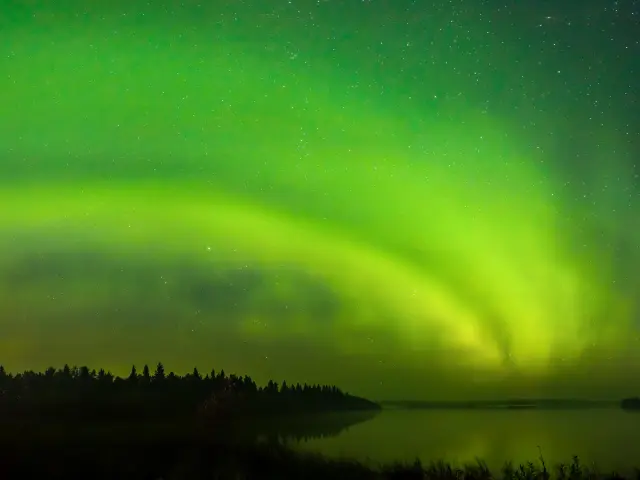
Elk Island National Park
🚗 50 km ⏱️ 35 minutes
Just a short drive from Edmonton, here you can see majestic elk and bison roaming, and explore a boreal forest (or “taiga”) within this fenced national park that features fantastic hiking trails.
This is a short drive, so we recommend extending your road trip to make a detour to visit Cooking Lake - Blackfoot Provincial Recreation Area.
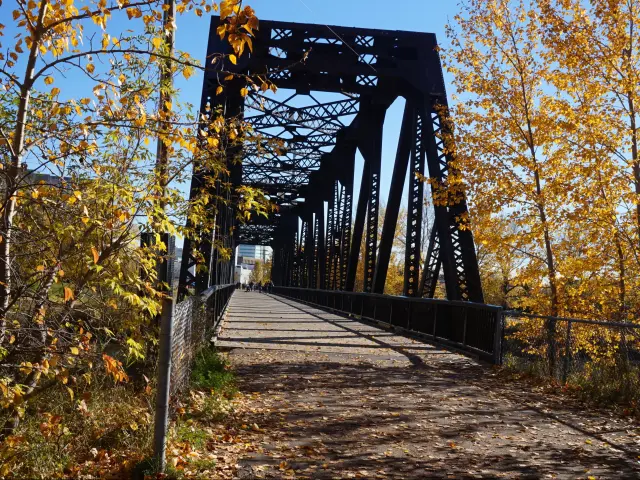
Red Deer
🚗 155 km ⏱️ 1 hour, 40 minutes
Red Deer is located along the scenic Red Deer River and offers quaint shopping, swimming holes, and parks to explore. Sylvan Lake nearby is a popular getaway where you can swim, boat, or fish.
If you'd like to spend more time on this otherwise relatively short drive, you can visit William F. Lede Park just outside Edmonton and Pigeon Lake Provincial Park.

Hard Luck Canyon
🚗 200 km ⏱️ 2 hours, 10 minutes
Visit Hard Luck Canyon near Whitecourt for a scenic adventure. The canyon features stunning geological formations and a series of waterfalls that provide a great backdrop for hiking and photography.
If you are not in a hurry to reach your destination, you can visit Wabamun Lake Provincial Park and Rotary Park Outdoor Waterpark en route.

Drumheller and Dinosaur Provincial Park
🚗 490 km ⏱️ 4 hours, 50 minutes
Located in Drumheller, make this a dinosaur-themed road trip and see rare, preserved dinosaur bone fossils and active paleontological dig sites at this UNESCO World Heritage Site.
On your way to Drumheller and Dinosaur Provincial Park, you can spend some time at Sylvan Lake and Red Deer and detour to Calgary.
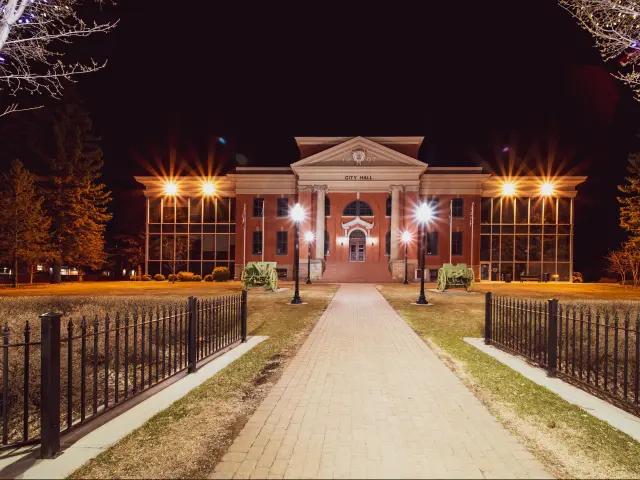
Wetaskiwin
🚗 70 km ⏱️ 1 hour
Visit Wetaskiwin to see a whole host of unique cultural centres and museums to learn about indigenous people. The town is located on Treaty 6 Territory and is rich in First Nations ancestral history and influence.
If you have time, stop at Millet & District Museum, Archives and Visitor Information Centre and learn more about the small towns of the area.

Vegreville
🚗 100 km ⏱️ 1 hour, 10 minutes
Discover Vegreville, home to the world's largest pysanka (Ukrainian Easter egg). This unique attraction symbolizes peace and cultural identity, nestled in a lively community with a rich Ukrainian heritage.
One stop you will not want to miss en route from Edmonton to Vegreville is the beautiful Elk Island National Park.

Nanton
🚗 380 km ⏱️ 3 hours, 40 minutes
A drive to the charming small town of Nanton is a nostalgic journey through time. Explore its antique shops, the Bomber Command Museum of Canada, and other historic sites that offer a peek into the past.
Make sure to plan for stops in Red Deer and Calgary on your way to this pretty small town, and enjoy sightseeing and a meal en route.
Longer road trips from Edmonton

Yellowknife
🚗 1,450 km ⏱️ 15 hours, 10 minutes
Yellowknife is the capital of Canada's Northwest Territories, known as one of the best places to view the Northern Lights.
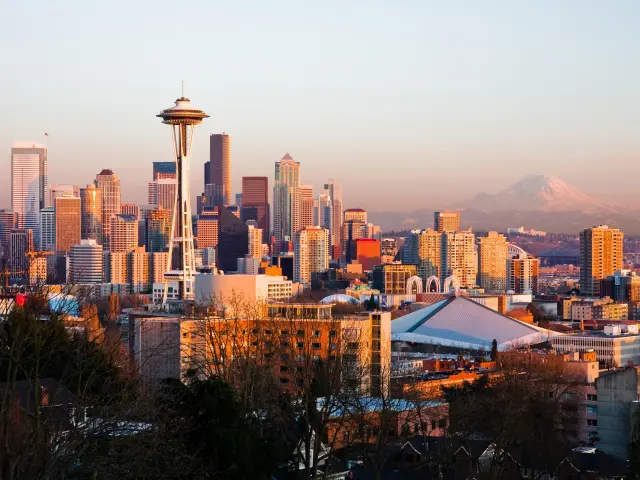
🚗 1,560 km ⏱️ 16 hours, 30 minutes
While in Seattle, make sure to visit the iconic Space Needle, the bustling Pike Place Market, and enjoy the city's vibrant music scene.
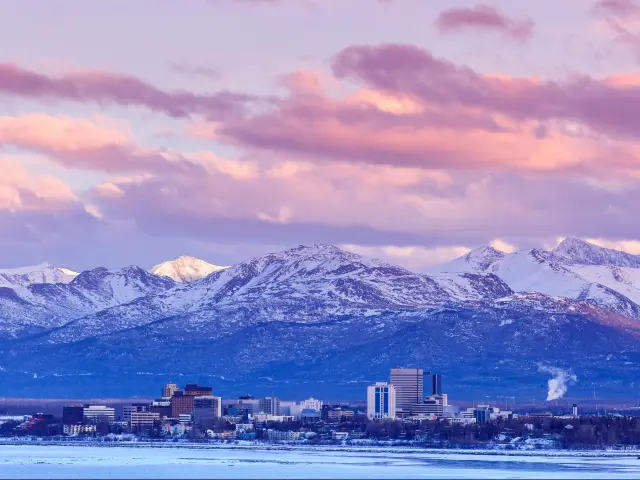
🚗 3,120 km ⏱️ 34 hours
Experience Alaska's rugged beauty and vast wilderness, where you can witness both the Northern Lights and the midnight sun.

